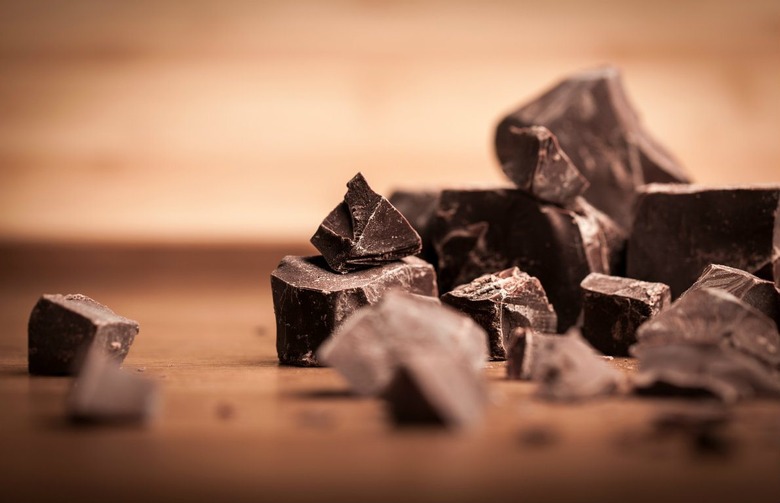Don't Over-Nuke It: Microwave Cooking Times
We often think of the microwave as the cooking appliance for the lazy, but it's actually an effective and useful tool in the kitchen when used properly. If you have ever wanted to re-heat a doughnut to fake that straight-from-the-store taste or quickly steam vegetables, nuking might be your best bet.
Click here for the microwave cooking times (slideshow).
So how do microwaves work? The heat that cooks your food is generated by radio waves that are set to a specific frequency. These radio waves agitate the water molecules in whatever food you are heating up. When the water molecules are agitated, they give off heat, which cooks the food.
Contrary to popular belief, microwaves cook from the outside in like conventional ovens. So when the directions tell you to let sit for a minute after cooking, it means the extra wait time will allow the center time to finish cooking. If there is one rule to follow when cooking in the microwave, it is to heat in short intervals. Stir or flip over whatever you are cooking in between each interval for best results. Here are our tips for microwave cooking that will keep your microwave from smoking and food tasting its best.
Baked Potatopotatoes microwave
Baked would be the perfect quick and easy light dinner if they didn't take so much time to cook. To speed that process up, you can cook potatoes in the microwave. Wash your potato well and puncture with a fork four or five times. Then place the potato on a -safe plate and microwave on high for five minutes. Next, flip the potato over and cook for four more minutes. It is important to flip the potato to ensure even cooking.
Chocolatechocolate risk the introduction of water
Actually, the microwave is a great way to melt . Double boilers into your chocolate and the heat from your burner is harder to control. When you melt chocolate in the microwave, always use a microwave-safe container and heat in 30-second intervals, stirring in between. If your chocolate is still not fully melted, heat on high in 15-second intervals, stirring in between each blast.
Angela Carlos is the Cook Editor at The Daily Meal. Find her on Twitter and tweet @angelaccarlos.


